
The Hidden Danger of Shedding Rugs: How Fibers in the Air Can Affect Your Health and Your Home
The Hidden Danger of Shedding Rugs: Protecting Your Family and Pets
Rugs have always been a timeless addition to any home, offering warmth, comfort, and style. However, many modern rugs shed fibers that can pose serious health risks, especially when inhaled or ingested. This invisible threat is particularly concerning for babies, pets, and even adults who spend time close to the ground. The fibers released by shedding rugs can remain airborne, enter the lungs, and potentially contribute to serious health issues, including respiratory problems and even cancer.
But there is good news! Not all rugs carry these dangers. Understanding the difference between shedding rugs and well-crafted, natural fiber rugs can help you make informed decisions that promote a healthier home environment.
Why Do Rugs Shed?
Shedding is common with synthetic rugs or rugs made with low-quality materials. Synthetic fibers like nylon or polyester tend to break down easily, shedding small, microscopic particles into the air. These particles can linger in the air, where they are inhaled by those nearby. For pets, babies, and individuals with respiratory issues, this can be particularly harmful.
Babies are especially vulnerable since they spend so much time on the floor, crawling and putting things in their mouths. As they come into contact with the fibers, they not only breathe them in but also ingest them by touching their mouths. Similarly, pets that lie on rugs can inadvertently inhale or swallow the harmful particles, putting their health at risk.

The Hidden Risks of Artificial Dyes in Rugs: Protecting Your Family, Pets, and Health
When we think about rugs, we often focus on their beauty, texture, and how they tie together a room. But what if the colors of your rug—the deep reds, vibrant blues, and rich purples—are silently impacting the health of your family, pets, and children?
While the allure of cheaper, brightly colored rugs might be tempting, especially with the promise of saving a few dollars, the potential health risks associated with artificial dyes could far outweigh the initial cost savings. Let’s dive into why choosing a rug made with natural vegetable dyes is not only better for the environment but also for your health and well-being.
The Dangers of Artificial Dyes in Rugs
Artificial dyes used in the textile industry, including rugs, are often synthetic and can be derived from petrochemicals, heavy metals, and other potentially harmful substances. These dyes are cheap and easy to produce, which makes them a popular choice for manufacturers looking to cut costs. But the very chemicals that make these dyes so vibrant can have adverse effects on health.
1. Toxicity and Respiratory Issues: Many synthetic dyes release harmful chemicals into the air. When you walk on a rug or even just lay on it, you can inadvertently inhale these chemicals, especially in poorly ventilated rooms. Over time, these fumes can contribute to respiratory issues, headaches, and in some cases, even long-term illnesses. Young children and pets—who spend more time on the floor—are especially vulnerable to these invisible toxins.
2. Skin Sensitivities and Allergies: Your skin is one of your body’s largest organs, and it absorbs what it comes into contact with. Rugs, especially in high-use areas like living rooms or playrooms, are in constant contact with your skin, and synthetic dyes can cause irritation, rashes, or more severe allergic reactions. For babies and young children, whose skin is more sensitive, the risk is even higher.
3. Impact on Pets: Pets, particularly dogs and cats, spend a lot of time lounging on rugs. They often lick or chew on the fibers, inadvertently ingesting harmful chemicals. Over time, these chemicals can accumulate in their system and lead to health problems like vomiting, diarrhea, or even more serious conditions affecting their organs.
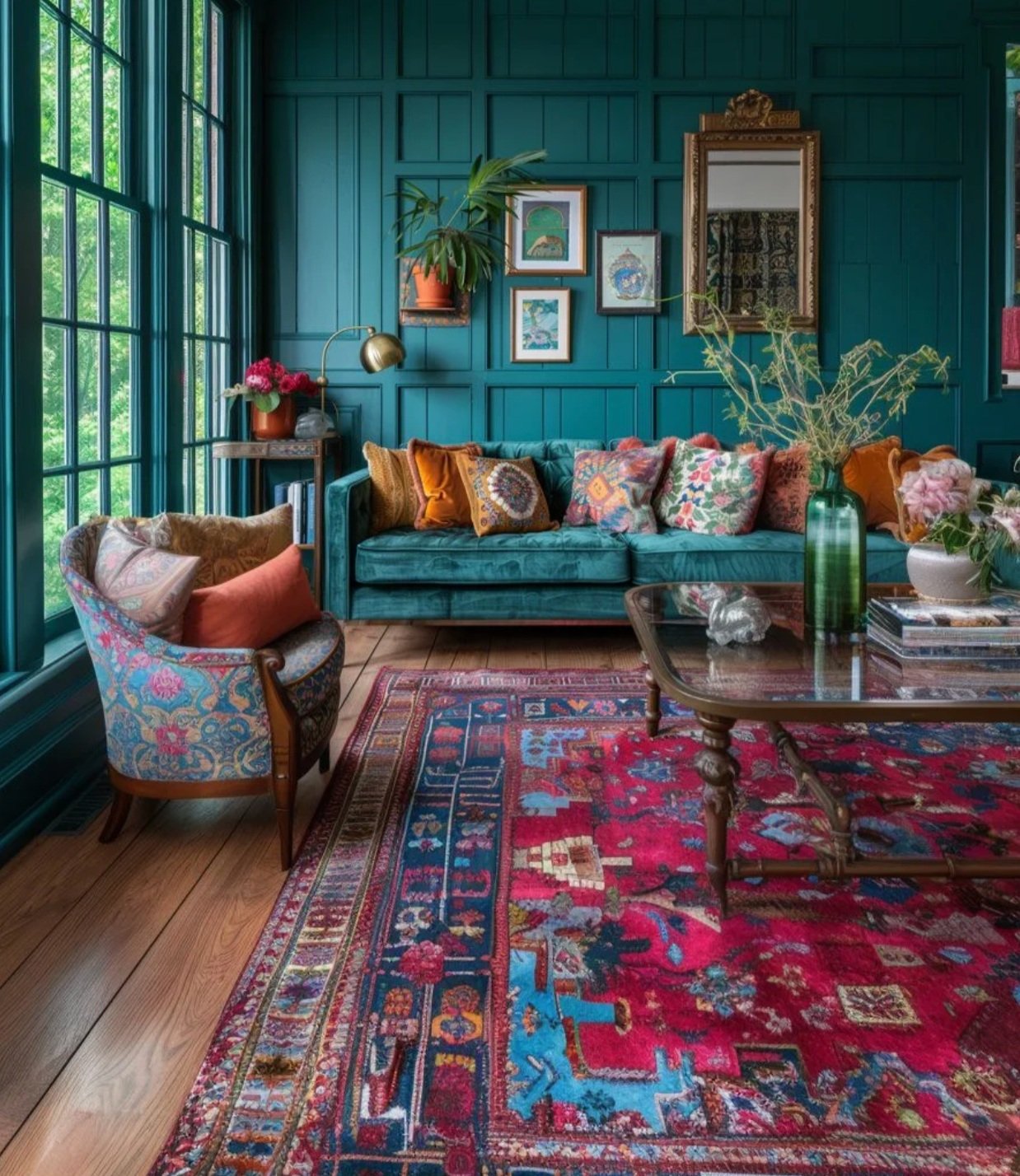
Exploring Natural Maximalism: Bringing Vibrance and Personality to Your Home
Have you ever walked into a room and felt something was missing—like it lacked character, warmth, or personality? If you're tired of the cold, neutral tones of minimalist styles and are looking for something that speaks to your soul, then natural maximalism in home decor might be the solution. It's time to move beyond bare walls and subdued colors, and embrace a more vibrant, personalized, and lively home environment. If you're craving a space that reflects your individuality, natural maximalism offers the perfect mix of boldness, comfort, and connection to nature.
Maximalism is all about excess—layering textures, colors, and patterns in a way that feels expressive and unique. Natural maximalism, however, takes this further by grounding those bold choices in nature-inspired elements like wood, stone, greenery, and organic textures. This style celebrates vibrant design but in a way that still feels warm, grounded, and connected to the natural world. So, why settle for the simplicity of minimalist designs when you can create a dynamic, cozy, and deeply personal home?
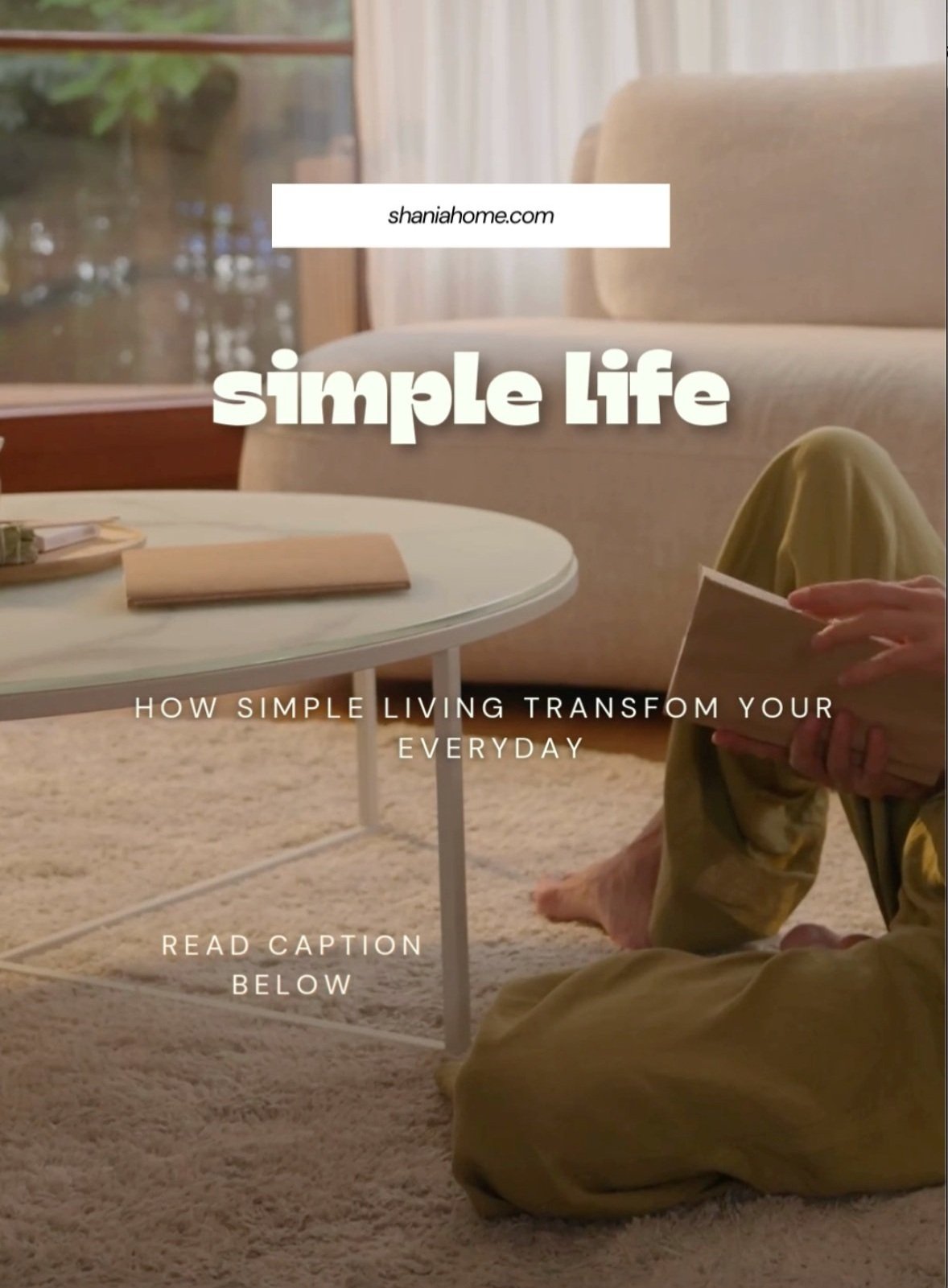
How Simple Living Transforms Your Everyday Life
In today’s fast-paced world, it’s easy to get caught up in the chaos of endless to-do lists, constant notifications, and accumulating "stuff." But what if we told you that a simpler life could be the key to feeling more grounded, focused, and genuinely happy? 🌸✨
Embracing simple living doesn’t mean you have to give up all your belongings or adopt a minimalist lifestyle overnight. It’s about making intentional choices that help you create more space—both physically and mentally—for the things that truly matter. 🏡🌿
By decluttering your home, slowing down your daily routine, and focusing on mindfulness, you can reduce stress, boost productivity, and find more joy in the little moments. Whether you’re looking to create a peaceful home environment, cultivate deeper relationships, or simply enjoy the present moment more, simple living offers a powerful path to a more fulfilling life. 🌱✨

Handwoven Vs. Handloom ?
Handwoven rugsare created by artisans who manually weave fibers together using various techniques, often without the aid of a loom, or using a traditional loom. This allows for a wide range of designs, from intricate patterns to freeform styles. Handwoven rugs can be made using different techniques such as knotting, flat-weaving, or tapestry weaving, and are typically crafted from natural fibers like wool, silk, or cotton. The process is labor-intensive, and each rug is unique, often showing slight variations in design and texture that add to its charm and individuality.
Handloom rugs are woven using a traditional hand-operated loom, which helps maintain consistent tension and alignment of the threads. The loom ensures that the weave is even and precise, making these rugs more uniform in appearance. While handloom rugs may have simpler, repetitive patterns, the loom allows for greater structural stability, producing durable and well-crafted textiles. Handloom rugs are also usually made from natural fibers like wool or cotton, but the focus is more on the regularity and neatness of the weave, giving them a smooth, uniform finish.

How Rugs Influence Mood and Atmosphere in Your Home?
Colors and patterns in rugs can significantly impact the ambiance of a room, influencing both the aesthetic and emotional atmosphere. Rich, warm colors like deep reds, oranges, and yellows can add energy and vibrancy, making them great choices for living rooms or dining areas where activity and conversation are common. Cool tones like blues, greens, and purples evoke a sense of calm and relaxation, making them ideal for spaces meant for unwinding, such as bedrooms or reading nooks. Neutral colors like beige, gray, and taupe offer versatility, creating a peaceful, grounding effect that complements a variety of decor styles. The patterns in rugs also play a role: intricate or bold patterns can add visual interest and focal points in a room, while simpler, minimalistic designs can create a more serene, uncluttered environment.
Overall, the right rug color and pattern can tie a room together, enhance its mood, and even influence how people feel in the space.
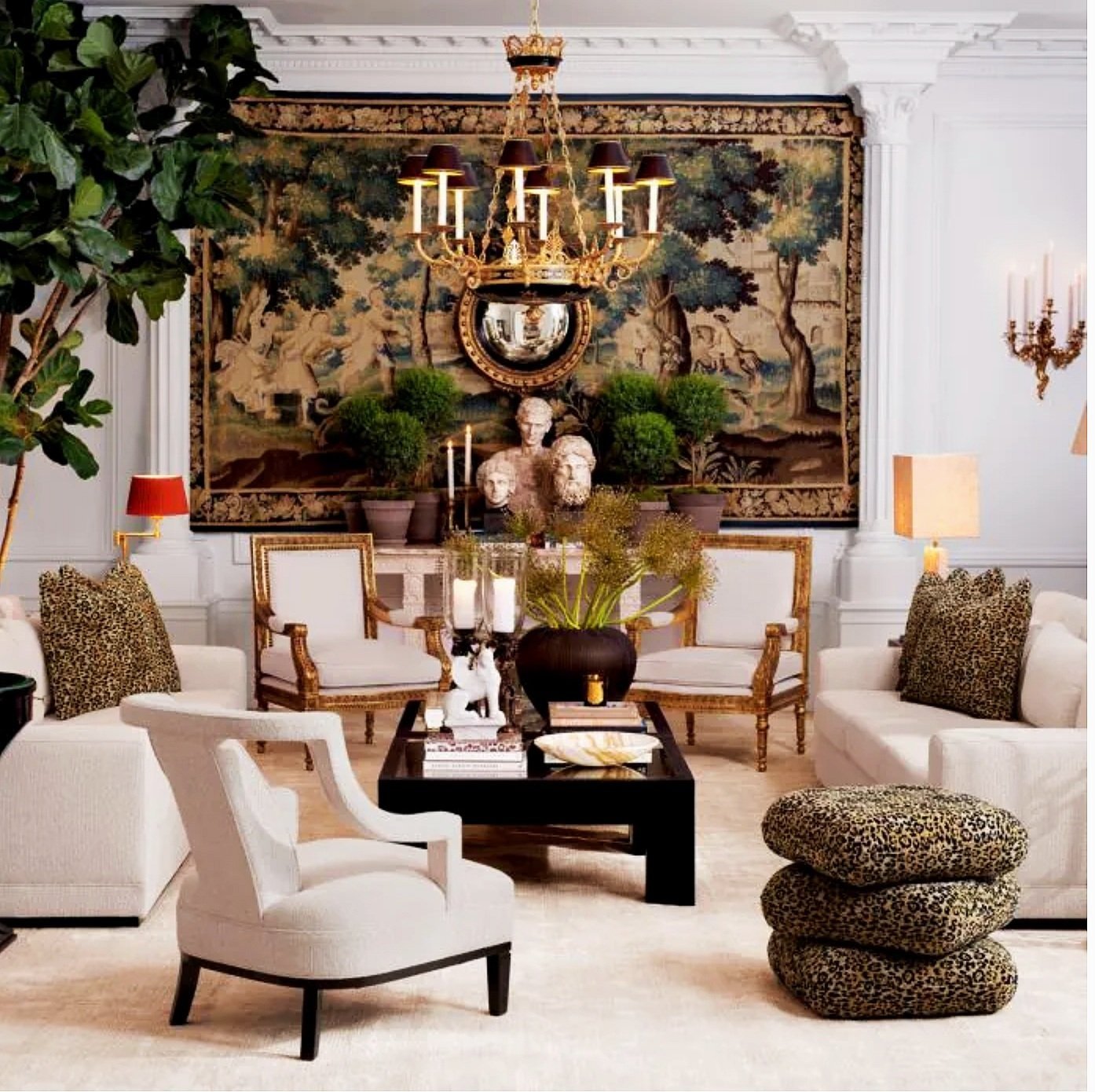
Artistry in Fabric : “A Perfect Blend of Art and Function”
Tapestries are more than just decorative fabrics; they are a versatile way to enhance your home’s aesthetic while adding warmth and character.
The Art of Tapestry: Tapestries have a rich history, often depicting intricate designs and stories. They come in various styles, from classic to contemporary, allowing you to choose pieces that reflect your personality and taste. Whether you prefer bold colors or subtle patterns, there's a tapestry that will resonate with your home’s vibe.
Tapestries can serve as stunning focal points in any room. By hanging one above your sofa, bed, or dining area, you instantly create a visual impact that draws the eye. Plus, they can soften sound and regulate temperature, making your home feel cozier and more inviting. From living rooms to bedrooms, tapestries can enhance any space. Their versatility makes them suitable for homes, offices, and even event decor. Whether hung on a wall or used as a statement piece, they can evoke a sense of history and artistry, enhancing the overall ambiance of a home while reflecting the owner’s personal style. At Shania home design, we offer original handmde French tapestries in various sizes and colors to fit your specific needs. Whether you’re looking for a large statement piece or a small accent, we can help you find the perfect tapestry that matches your decor and style.

Cinnamon Slate: Embrace the Earth
Cinnamon Slate, the Color of the Year, brings a rich, earthy warmth that can transform any space into a cozy sanctuary. To incorporate this inviting hue into your decor, consider painting an accent wall in Cinnamon Slate to create a focal point, or use it in textiles like throw pillows and blankets for a softer touch. Pair it with light neutrals like soft cream or sandy beige to balance its depth, and add pops of color with deep greens or burnt oranges for a lively contrast. Incorporating natural elements such as wooden furniture, woven baskets, and plants can enhance the earthy vibe, creating a harmonious and welcoming atmosphere that reflects the warmth of the season.

A Canvas of Dreams and Colors
Transforming your space with small details can make a big impact! ✨ Whether it’s adding decorative pillows, artwork, or a few plants, these little touches create warmth and personality in your home. Wall art plays a significant role in shaping the ambiance and overall feel of a space. The color of wall art in a space can greatly influence the overall atmosphere and design. For example: Warm colors (reds, oranges, yellows) can create a cozy and energetic vibe, while cool colors (blues, greens, purples) often promote calmness and tranquility. Also, choose colors that resonate with you and reflect your personality. Art is an expression of self, and its color should evoke feelings that you enjoy.
By thoughtfully selecting wall art, you can enhance the mood and aesthetic appeal of your space, making it feel more cohesive and inviting.
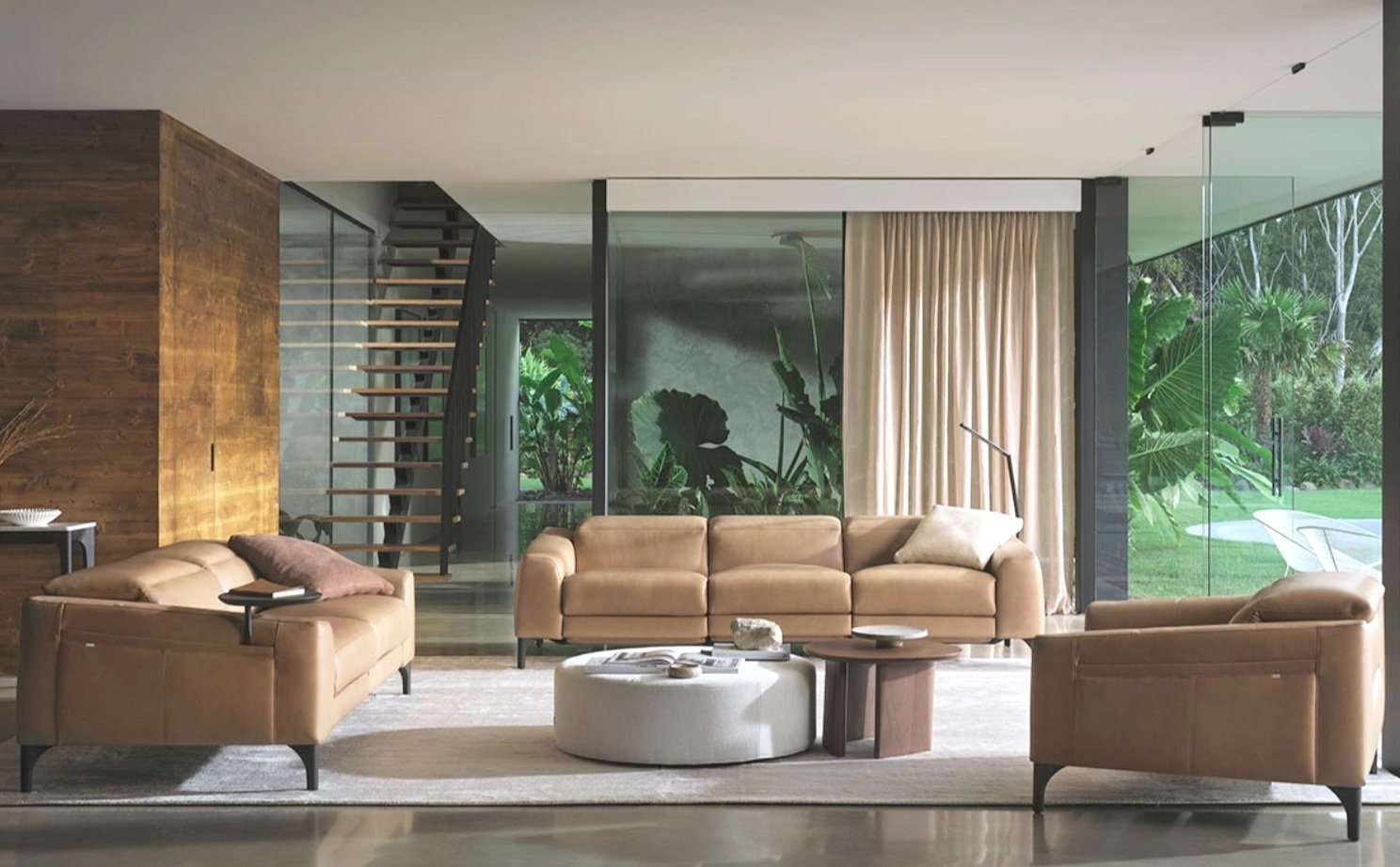
How Can You Design Your Home Cohesively?
A cohesive look refers to a design or aesthetic where all elements work together harmoniously, creating a unified and balanced appearance. In a room, this means that colors, patterns, textures, and furniture styles complement each other, making the space feel intentional and well put together. A cohesive look helps avoid visual clutter and enhances the overall atmosphere, making the room more inviting and pleasing to the eye.
Creating a cohesive look in a room involves several key elements: Some of the key elements are color palette, style, texture, patterns, scale, and the flow and layout of your space. For example, the size of a rug is crucial for a room's overall feel and functionality, as it affects proportions, aesthetics, and zoning. A properly sized rug can create a cohesive look, define different areas in open spaces, and enhance comfort underfoot. If the rug is too small, it may make the space feel disjointed, while an overly large rug can overwhelm the room. Additionally, in high-traffic areas, a larger rug can help protect the flooring, making it both a practical and stylish choice. Ultimately, selecting the right size contributes significantly to the room's balance and inviting atmosphere.

The Power of a Focal Point on Your Wall
The focal point in a home has the power to completely transform a space, drawing attention and setting the tone for the entire room. Whether it's a striking piece of art, a bold piece of furniture, or a unique architectural feature like a fireplace, the focal point serves as the anchor around which the rest of the decor revolves. It creates a sense of balance, guiding the eye and establishing a visual hierarchy. When chosen thoughtfully, the focal point can elevate the design, giving the room a clear sense of purpose and character, while helping other elements like colors, textures, and furniture to harmonize. The right focal point doesn’t just make a room look more polished—it can make the whole space feel more cohesive and inviting.
A focal point on a wall serves as the centerpiece of a room, drawing the eye and anchoring the overall design. Whether it's a stunning piece of artwork, a beautifully crafted mirror, or an accent wall in a bold color, a well-chosen focal point can add depth and character to the space, enhancing its visual appeal and creating a sense of harmony.
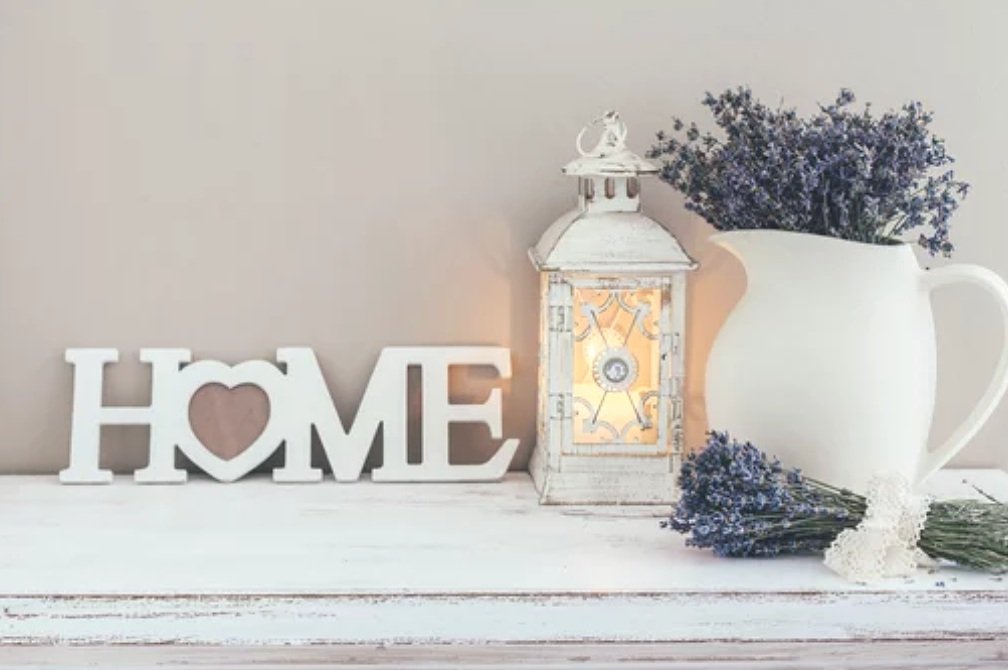
The Impact of Floors and Walls on Aesthetics
Floors and walls significantly influence the overall aesthetic of a home, as they set the foundation for both style and ambiance. The right flooring can instantly define the mood of a space—whether it’s the warmth and texture of hardwood, the comfort of plush carpet, or the boldness of vibrant tiles. Similarly, wall colors and textures have a profound impact on a room’s atmosphere; soft, neutral hues promote calmness, while rich, bold tones or intricate patterns can infuse energy and personality. Together, these elements provide the structure for the rest of the design, guiding the eye and enhancing the overall feel of the room.
